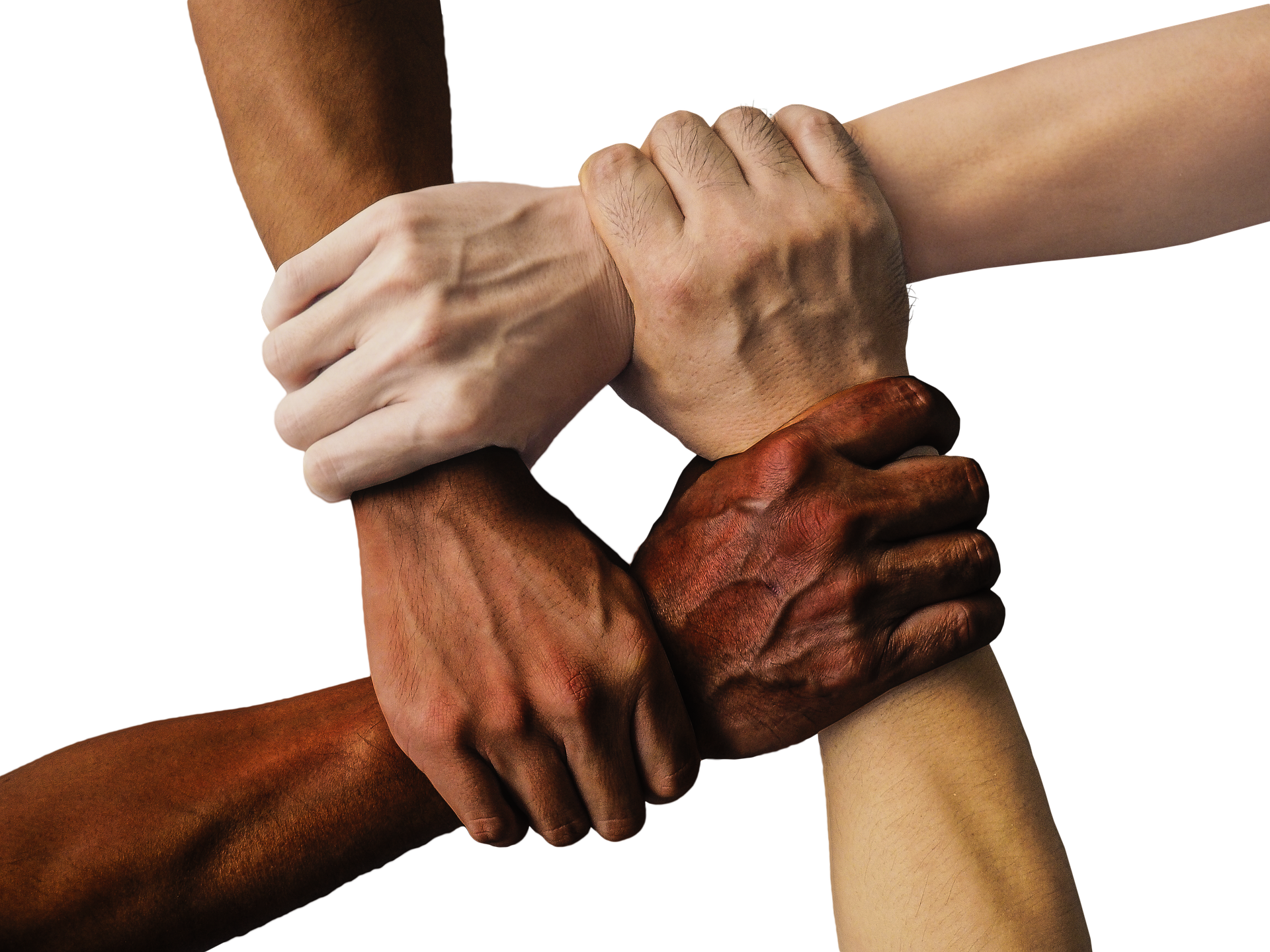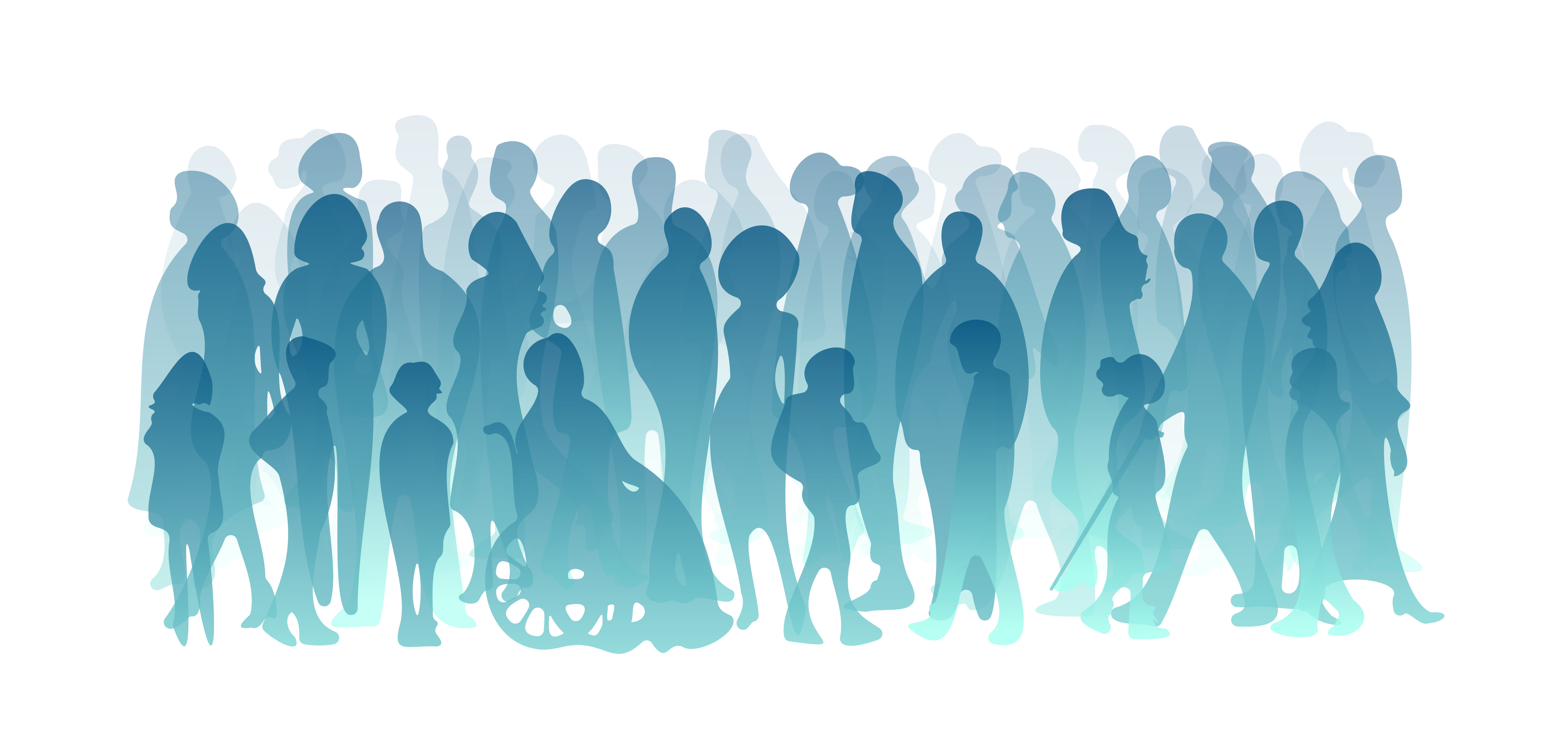The Five-Factor Model of Personality Improves Teamwork
“Birds of a feather flock together,” or so the English proverb goes; this is counteracted by the equally common “opposites attract.” Which is true? And why does it matter? Optimizing team composition in organizational and educational environments is an important task for maximum performance. When it comes to teamwork and personality within a university setting, the question many instructors ask is which methodology will create the most successful team: Birds of a feather? Or opposites?
In order to decide which methodology is best, you must first understand personality traits and how they factor into learning success.
The Five-Factor Model of Personality
Within psychology, personality is broken down to five major traits—also known as the “Big Five.” These five traits concern how a person thinks, feels, and behaves.
• Openness to Experience: characterized by imagination and insight
• Conscientiousness: defined by thoughtfulness, impulse control, and goal-directed behaviors
• Extroversion: characterized by excitability, sociability, assertiveness, and emotional expressiveness
• Agreeableness: defined by trust, altruism, kindness, and prosocial behaviors
• Neuroticism: characterized by emotional stability
The five-factor model can be used to explore relationships between personality and many life indicators, everything from physical health to success in academic and professional contexts. Within academic contexts, the five-factor model also plays a role in creating successful teams.
Personality within Teams
In personal correspondence based on his research into teams and personality, professor, researcher, and MyEducator author, Greg Anderson states that “using the ‘Big 5’ trait composition to build teams in an entry level development course can influence team cohesion and performance.”
He suggests that in the early stages of a student’s learning experience that three things can be done to maximize effectiveness within teams:
1. Measure Individual Personality
2. Cluster Individuals into Personality Types
3. Place Individuals in Teams of Homogenous Personalities
Why create homogenous teams—or in other words, why choose the birds of a feather methodology? According to Greg Anderson and his research team, teams built around homogenous personality types “develop greater cohesion, greater confidence in their ability to execute creative problem solving, and greater effectiveness,” all of which are signs of successful teamwork—something that any instructor would be proud to see within their student teams.
To make your life easier, take a look at this quiz, an open source project under MIT-license, as one potential possibility to give students when determining personality type before creating your teams.







